I am new to machine learning so I will apologize in advance if this question is somewhat recurrent, as I haven't been able to find a satisfying answer to my problem. As a pedagogical exercise I have been trying to train an ANN to predict a sine wave. My problem is that although my neural network trains accurately the shape of the sine, it somewhat fails to do so in the validation set and to larger inputs. So I start by feeding my input and output as
x = np.arange(800).reshape(-1,1) / 50
y = np.sin(x)/2
The rest of the code goes as
model = Sequential()
model.add(Dense(20, input_shape=(1,),activation = 'tanh',use_bias = True))
model.add(Dense(20,activation = 'tanh',use_bias = True))
model.add(Dense(1,activation = 'tanh',use_bias = True))
model.compile(loss='mean_squared_error', optimizer=Adam(lr=0.005), metrics=['mean_squared_error'])
history = model.fit(x,y,validation_split=0.2, epochs=2000, batch_size=400, verbose=0)
I then devise a test, which is defined as
x1= np.arange(1600).reshape(-1,1) / 50
y1 = np.sin(x1)/2
prediction = model.predict(x1, verbose=1)
So the problem is that the ANN clearly starts to fail in the validation set and to predict a continuation of the sine wave.
Weird behaviour for validation set:
Failure to predict anything other than the training set:
So, what am I doing wrong? Is the ANN incapable of continuing the sine wave? I have tried to fine tune most of the available parameters without success. Most of the FAQs regarding similar issues are due to overfitting, but I haven't been able to solve this.

